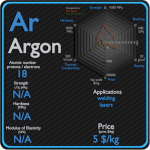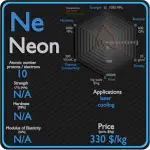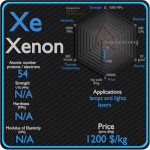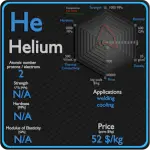This article contains comparison of key thermal and atomic properties of helium and argon, two comparable chemical elements from the periodic table. It also contains basic descriptions and applications of both elements. Helium vs Argon.
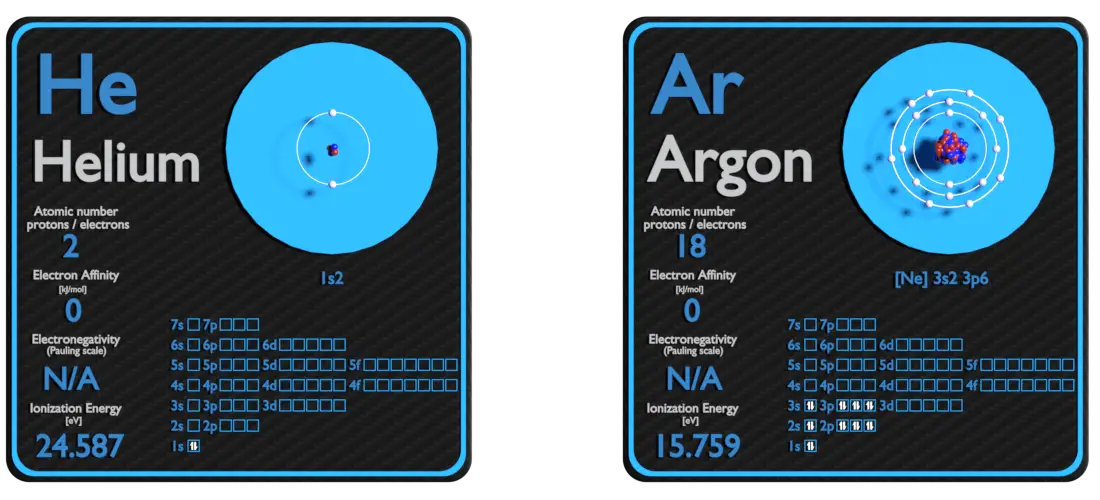
Helium and Argon – About Elements


Source: www.luciteria.com
Helium and Argon – Applications
Helium
Helium is used for many purposes that require some of its unique properties, such as its low boiling point, low density, low solubility, high thermal conductivity, or inertness. Of the 2014 world helium total production of about 32 million kg (180 million standard cubic meters) helium per year, the largest use (about 32% of the total in 2014) is in cryogenic applications, most of which involves cooling the superconducting magnets in medical MRI scanners and NMR spectrometers. Most clinical magnets are superconducting magnets, which require liquid helium to keep them very cold.
Argon
The major applications of argon include the following: electric lamps as filler gas, welding purpose, discharge tubes, argon lasers and argon-dye lasers. Argon is mostly used as an inert shielding gas in welding and other high-temperature industrial processes where ordinarily unreactive substances become reactive; for example, an argon atmosphere is used in graphite electric furnaces to prevent the graphite from burning. Argon is also used in incandescent, fluorescent lighting, and other gas-discharge tubes.
Helium and Argon – Comparison in Table
| Element | Helium | Argon |
| Density | 0.00018 g/cm3 | 0.00178 g/cm3 |
| Ultimate Tensile Strength | N/A | N/A |
| Yield Strength | N/A | N/A |
| Young’s Modulus of Elasticity | N/A | N/A |
| Mohs Scale | N/A | N/A |
| Brinell Hardness | N/A | N/A |
| Vickers Hardness | N/A | N/A |
| Melting Point | -272.2 °C | -189.2 °C |
| Boiling Point | -268.9 °C | -185.7 °C |
| Thermal Conductivity | 0.1513 W/mK | 0.01772 W/mK |
| Thermal Expansion Coefficient | — µm/mK | — µm/mK |
| Specific Heat | 5.193 J/g K | 0.52 J/g K |
| Heat of Fusion | 0.0138 kJ/mol | 1.188 kJ/mol |
| Heat of Vaporization | 0.0845 kJ/mol | 6.447 kJ/mol |


